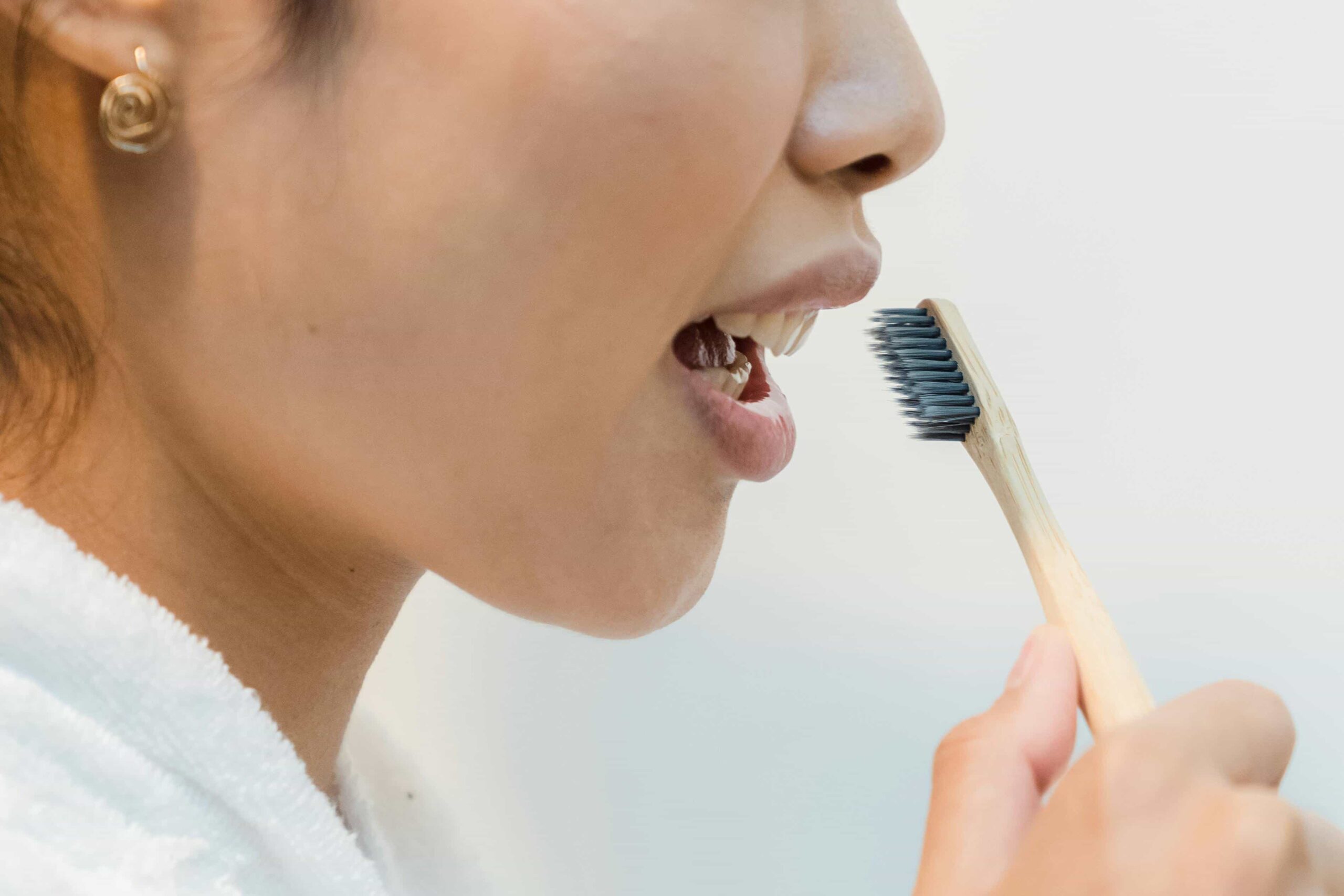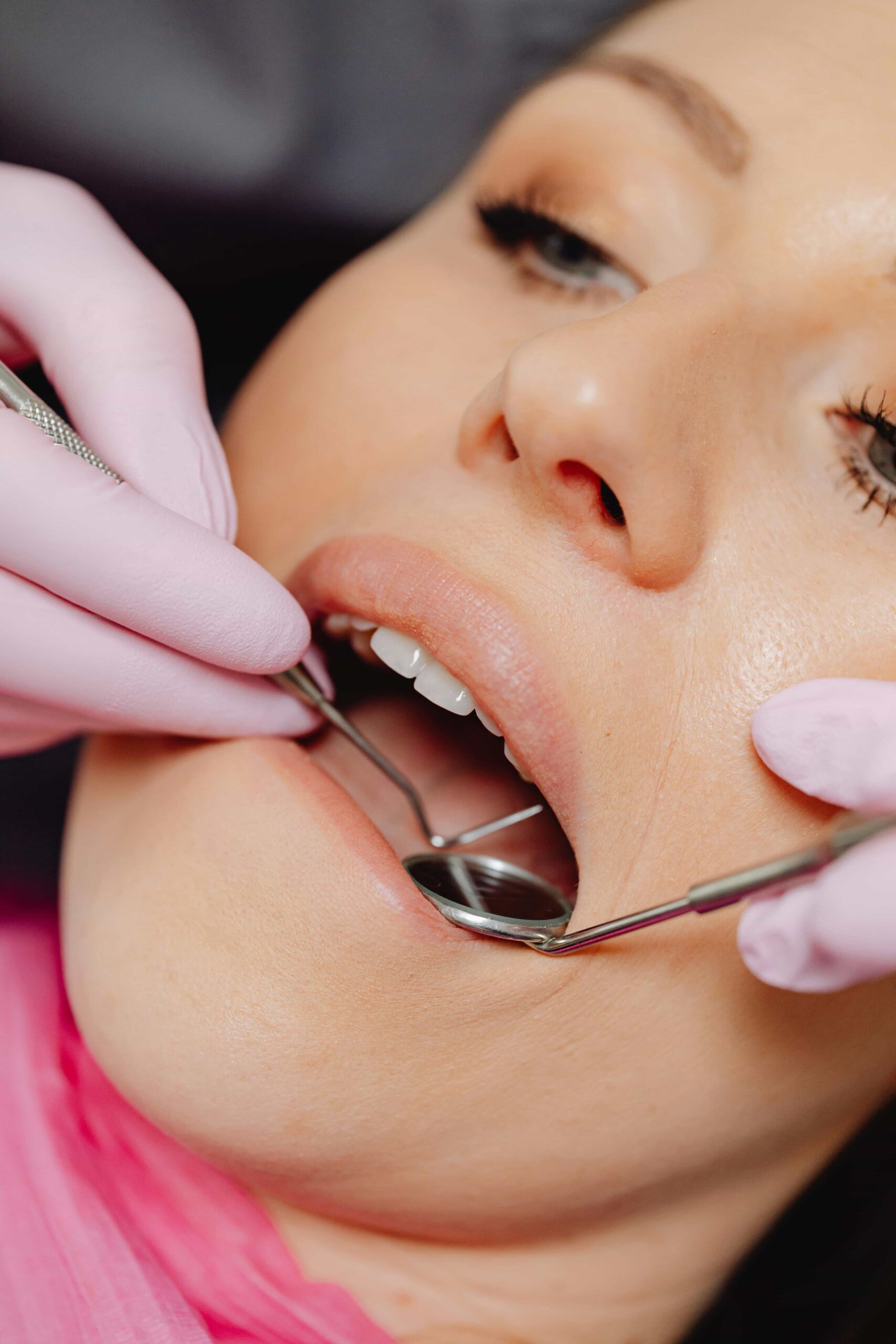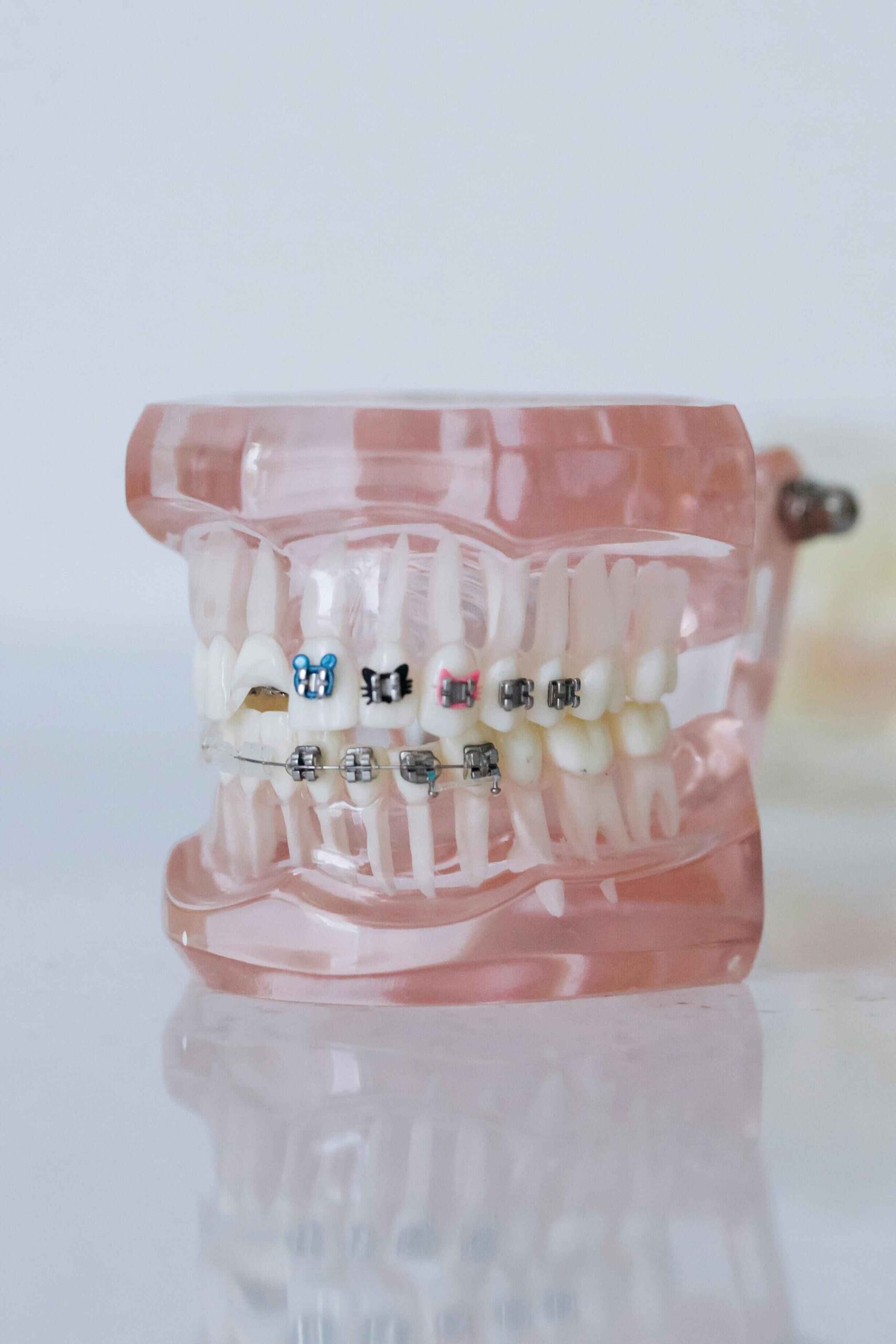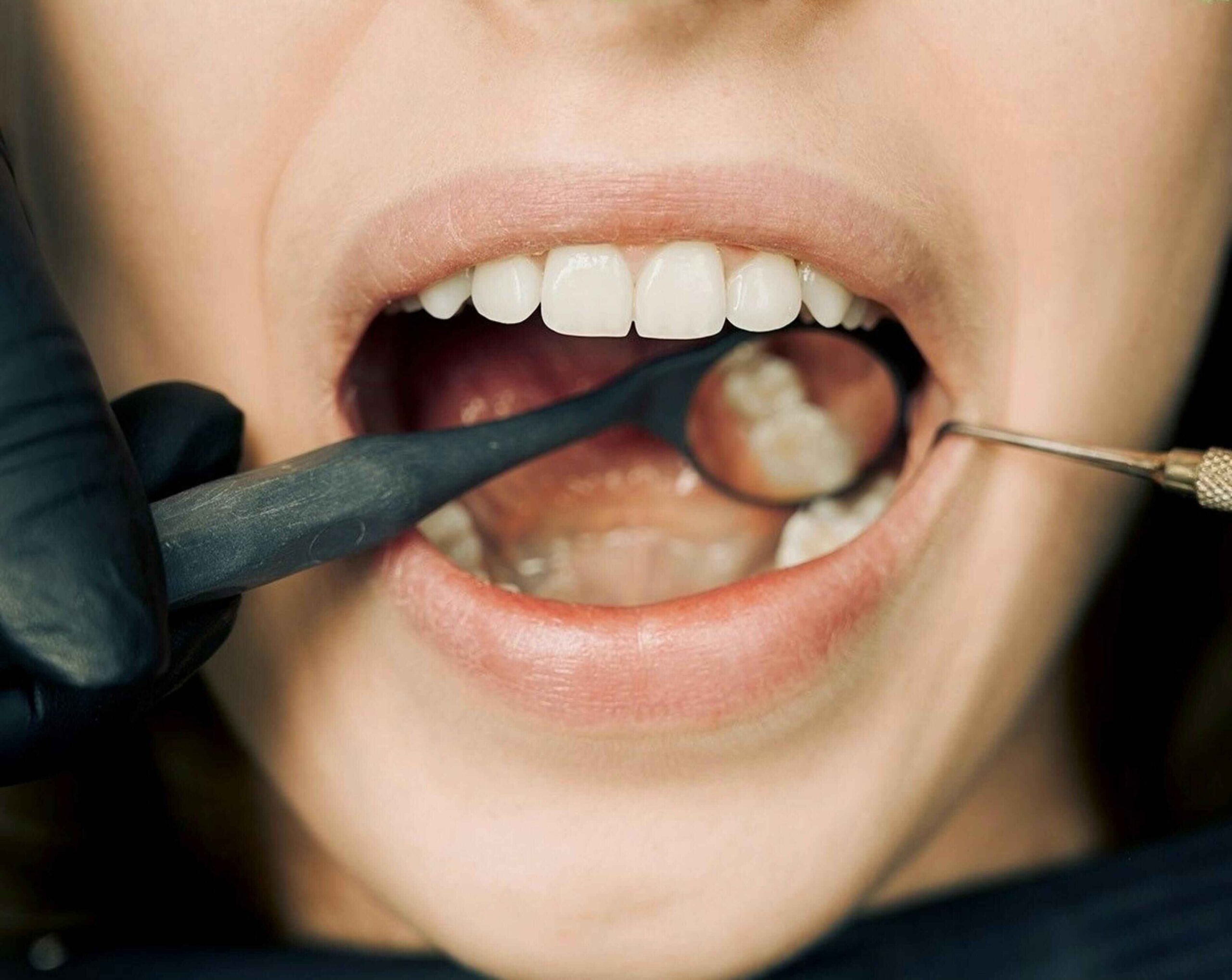Have you or your child recently been recommended braces? Millions of people around the world turn to braces each year to correct dental issues and achieve a healthier, more confident smile. But how exactly do braces work? And what does the process entail?
In this comprehensive guide, we’ll explore everything you need to know about braces—from the types available to the science behind them, and the day-to-day experience of living with braces.
Whether you’re a dental patient, a parent, or a teenager gearing up for braces, this article will provide you with the insights you need know.
Types of Braces: Exploring Your Options
When it comes to braces, one size definitely does not fit all. Each type of braces has its own set of advantages and considerations, making it crucial to choose the right one for your specific needs.
Traditional Metal Braces
Traditional metal braces are the most common and most effective for treating severe orthodontic issues.
They consist of stainless steel brackets and wires, which are adjusted periodically to tighten and shift teeth into place.
Ceramic Braces
Ceramic braces function like metal braces but are made from a clear or tooth-colored material, making them less noticeable.
They’re a popular choice among teenagers and adults who are concerned about aesthetics but require the effectiveness of traditional braces.
Lingual Braces
Lingual braces are attached to the back of the teeth, making them invisible from the front.
While they offer the cosmetic advantage of being hidden, they can be more uncomfortable and harder to clean than other types.
Invisible Aligners
Invisible aligners like Spark Clear Aligners are a modern alternative to traditional braces. These clear, removable trays gradually move teeth into alignment.
They are virtually invisible and allow for more flexibility in eating and cleaning.
Behind How Braces Work: The Science
So, what exactly do braces do? How do braces move your teeth? The science behind braces is actually quite simple.
At their core, braces work by applying consistent pressure to the teeth, causing them to gradually move into a new position.
This process is possible because of the periodontal ligament—the tissue that connects each tooth to the jawbone.
When pressure is applied, the periodontal ligament cells on one side compress while those on the other side stretch, allowing for controlled movement of the teeth.
As a result, braces must be worn consistently and adjusted regularly to keep up this pressure and facilitate proper tooth movement.
Getting Braces: What to Expect
Starting your braces journey can be both exciting and nerve-wracking. Knowing what to expect can help ease your mind.
1. Initial Consultation
Your first step is an initial consultation at Wagner Orthodontics.
During this appointment, you’ll meet Dr. Peter Wagner and his team, who will review your dental history, take X-rays, and conduct a thorough oral examination to determine the best treatment plan for you.
2. The Fitting Process
Once your personalized treatment plan is created, the next appointment involves fitting the braces. This process typically takes about 90 minutes.
The orthodontist will clean and dry your teeth before attaching the brackets with a special adhesive. The archwire is then placed through the brackets, and ligatures secure it in place.
3. The First Few Days
The first few days with braces can be uncomfortable. Your teeth may feel sore, and the brackets and wires might irritate your cheeks and lips.
This discomfort is temporary and can be managed with over-the-counter pain relievers and orthodontic wax.
Living with Braces
Adjusting to life with braces involves some changes in your daily routine, particularly when it comes to oral hygiene and diet.
Maintaining Oral Hygiene
Brushing and flossing become even more critical when you have braces. Use a soft-bristled toothbrush and fluoride toothpaste to brush after every meal.
Flossing can be challenging, but tools like floss threaders or interdental brushes can help.
Dietary Adjustments
Certain foods can damage your braces or get stuck, leading to discomfort and potential orthodontic issues.
Avoid sticky, chewy, and hard foods like gum, caramel, and hard candies. Stick to softer options like yogurt, pasta, and bananas.
Dealing with Discomfort
It’s normal to experience some discomfort, especially after adjustments. Applying orthodontic wax to irritating brackets and using a saltwater rinse can provide relief.
If you experience severe pain or a broken bracket, contact Wagner Orthodontics for advice.
Life After Braces
The day your braces come off is a momentous occasion, but the journey doesn’t end there. Post-treatment care is essential to maintain your newly aligned smile.
The Benefits of Wearing Braces
Wearing braces offers numerous benefits beyond aesthetics. Properly aligned teeth improve oral health, making it easier to clean and reducing the risk of cavities and gum disease.
A well-aligned bite can also prevent jaw pain and difficulty chewing.
Retention Phase
After braces are removed, you’ll enter the retention phase. During this period, you’ll wear a retainer to keep your teeth in their new positions.
Retainers are usually worn full-time initially and then gradually reduced to nighttime wear.
Long-Term Care
Continue practicing good oral hygiene and visit your dentist regularly to ensure your teeth remain healthy and well-aligned.
If you notice any shifting, contact your orthodontist promptly.
Conclusion
In summary, understanding how braces work is essential for anyone considering orthodontic treatment. Braces are designed to apply consistent pressure to teeth, facilitating their gradual movement into the desired position, thanks to the intricate support of the periodontal ligament.
Braces are a powerful tool in achieving a healthy, beautiful smile. From the initial consultation to life after braces, understanding the process can make the experience smoother and more rewarding.
If you’re considering braces for yourself or a loved one, Wagner Orthodontics is here to guide you every step of the way. Our expert team, led by Dr. Peter Wagner, is dedicated to providing personalized, high-quality orthodontic care.
Ready to take the next step? Schedule a free consultation with us at Wagner Orthodontics and start your journey to a perfect smile today.






